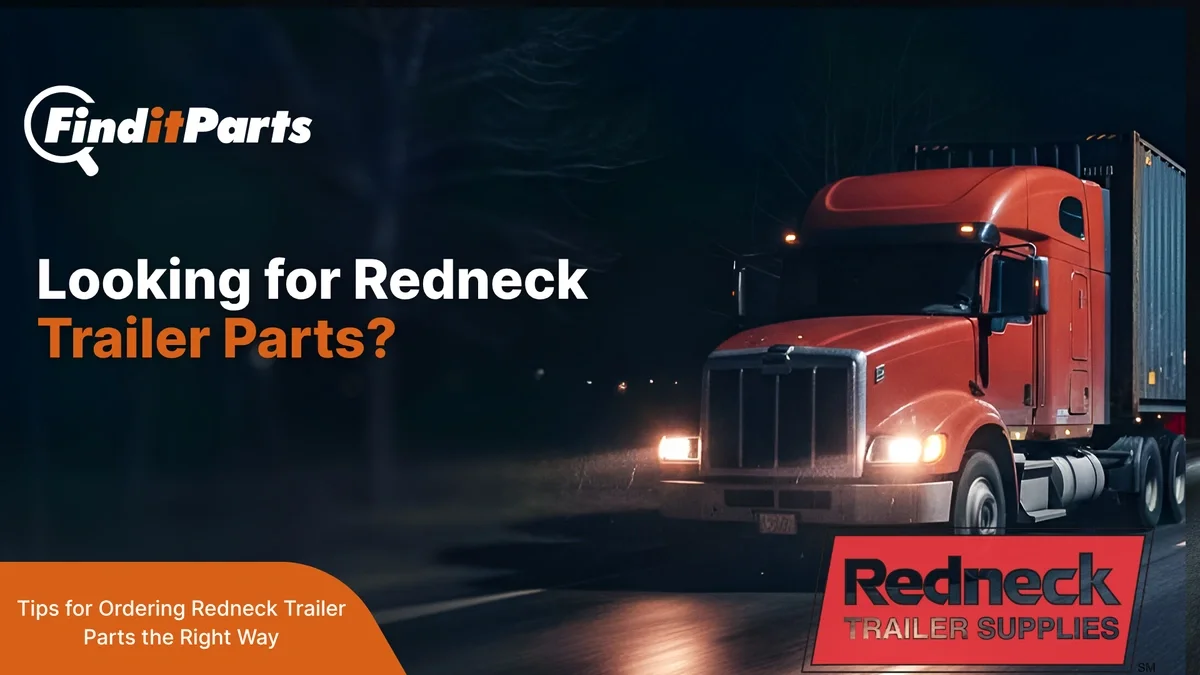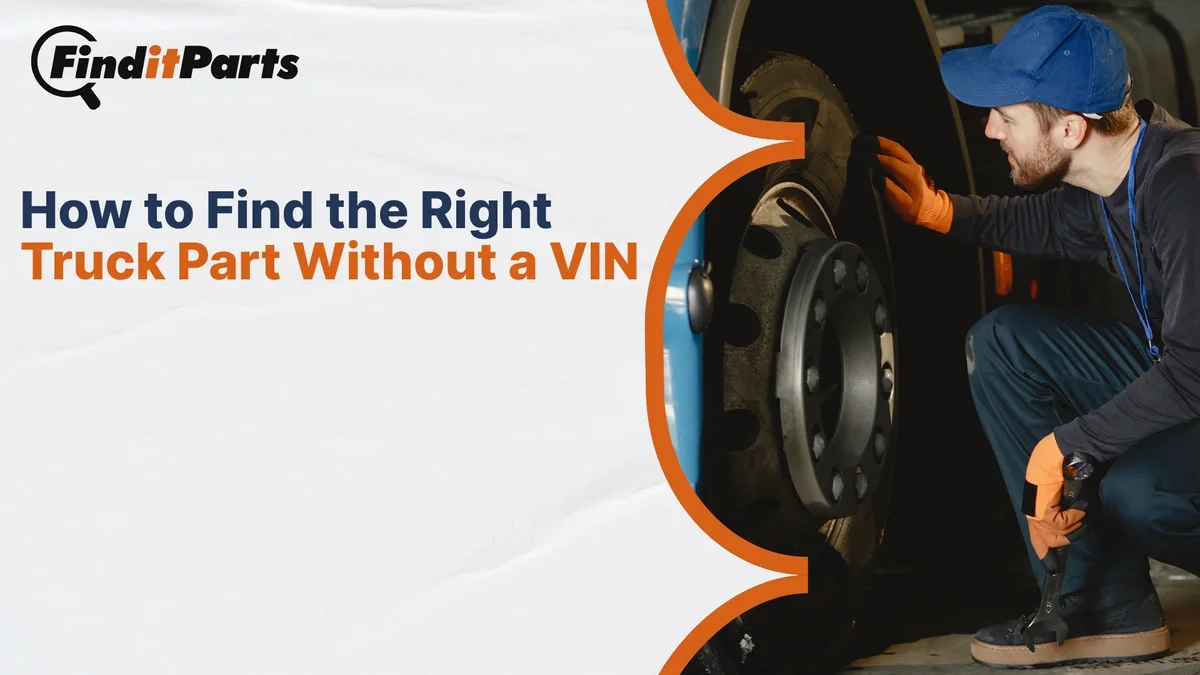Need help? We're here!
(888) 312-8812 Login SignupTips on Buying Truck or Trailer Leaf Springs
August 02, 2021

Leaf springs have been a constant part of modern trucks and trailers since their inception, and for a good reason. Consisting of several arc-shaped strips or “leaves'' of spring steel, leaf springs provide springing and damping action as well as serve as additional linkage to the axle. The spring’s simple design, which has remained relatively unchanged since the early 20th century, also makes it easy to maintain and replace.
But while servicing leaf springs is far less complicated when compared to shock absorbers or other types of pneumatic and hydraulic suspension parts, this doesn’t mean you can slap any old spring to your rig. Modern leaf spring systems have different styles and configurations, with each one designed to meet a specific application or operator requirement. And if you install the wrong spring in your truck or trailer, it may negatively affect stability and handling or even damage the suspension. So, before you order a leaf spring from the store, be sure to consider the following:
OEM or aftermarket?
One of the first things you need to decide on before ordering a leaf spring is whether you want an original equipment manufacturer (OEM) or aftermarket model. As its name suggests, OEM leaf springs are made by the same company that supplies the factory springs for the vehicle manufacturer. OEM springs are typically designed and built according to the exact specifications as the stock springs, making them entirely identical in appearance and function and will not void the warranty. However, this comes at the cost of being more expensive. Also, OEM springs are traditionally sold at selected stores and dealerships, so shortages and long wait times are common.
On the other hand, aftermarket springs are made by third-party suppliers not affiliated with the vehicle manufacturer. These springs tend to vary in quality, although most are aimed at basic compliance with OE specifications. Functionality may also differ between brands, with “high performance” often having additional features and add-ons not found in their OEM counterparts. Because they do not have an OE certification, aftermarket springs tend to be cheaper than OEM but it may come at the cost of lower quality and compatibility issues.
Types
There is a multitude of different leaf spring types for use in trucks and other heavy duty commercial vehicles, but the most common ones include:
Multi-leaf springs: These leaf springs contain four to 12 leaves that get shorter as they near the base. The leaves, however, all have the same thickness, resulting in their tapered appearance.
Taper leaf springs: This type of leaf spring has two to four leaves of varying thicknesses but share the same length. Also, unlike other springs, the leaves of a full taper spring undergo stress peening instead of being shot-peened.
Full taper springs: These consist of a pair of leaves of the same length but varying thicknesses. The springs are also made of 6150H steel, which has high-stress properties and can be tempered to achieve a high Brinell or Rockwell hardness rating without compromising load integrity.
Leaf springs also tend to differ on the design of their bolt “eyes.” Located at the very end of the spring, these eyes are where the spring attaches to the frame of the truck or trailer. Leaf springs originally had a double-eye configuration with bolt eyes on each end of the assembly, but more vehicles now have a “slipper” design where only one end has an eye and the other end remains loose. This allows the springs to “slip” back and forth when the tire hits a bump, pothole, or other irregularities on the road surface.
It should also be noted that there are also so-called “helper springs,” which are additional leaf springs that can be attached to the stock spring to increase load capacity. The springs are usually mounted on the top of the existing spring and can raise a truck’s capacity by up to 3,500 lbs.
Measure twice, buy once
It’s also important to get springs that match the exact dimensions of the axle. Replacement trailer springs that are not of the right length will move the position of the axle, resulting in costly adjustments or additional suspension components like spring hangers or equalizing hangers. Weight capacity, arch, and even leaf count should match to ensure the ride height and characteristics of the trailer remain the same.
Among the key measurements you should take include:
Overall length: This is the entire length of the spring from one end to the other.
Length: The length of the spring is determined depending on its design. Double-eye leaf springs are measured across the center of the eye on each end. Meanwhile, springs with an open eye slipper configuration are measured from the center of the eye to the spring’s open end. Other types of slipper springs, including the flat end, radius end, and hook down variants, are measured from the center of the eye to the contact point.
Axle location: This is measured from the center of the eye straight across to the point where all of the leaves are bolted together.
Stack height: This is the overall thickness of the springs once all the leaves are stacked.
Width: This means the entire width of the leaf spring.
For trucks with older springs, it is also recommended to measure the free open and the arc. Old springs tend to lose their arc over time and installing a new spring with a taller arc on the other side could cause the truck and trailer to lean on one side. By taking correct measurements and matching those of your existing springs, replacing the truck and trailer springs should take less downtime and allow you to get your vehicle back on the road with fewer headaches.
Other notes:
· When ordering new springs, make sure they come included with enough spring bushings. These rubber bushings help reduce friction from metal-to-metal contact and are designed to have a snug fit. If there are not enough leaf spring bushings included with the spring, you can usually call the manufacturer and order a pack.
· While leaf springs are sold individually, we strongly recommend replacing them in pairs. Replacing only one side may cause the wheels to lean, especially if the springs are considerably used. The newer spring will also absorb more of the shock than the existing spring, shortening its service life in the process.
As the industry’s largest single-source distributor of commercial vehicle OEM and aftermarket parts, FinditParts is perfectly positioned to meet your truck and trailer leaf spring and parts needs. Its e-commerce platform can address sourcing challenges and improve availability of parts deliveries. FinditParts is also focused on providing the support you need and able to use its large repository of information, customer facing technology including advanced cross reference capabilities for sourcing parts, and technical specialists who assist in identifying and finding parts.
Related Reading:
5 Signs Your Truck Needs New Shocks
https://www.finditparts.com/blog/5-signs-your-truck-needs-new-shocks
The Top 6 Signs of Bad Wheel Bearings
https://www.finditparts.com/blog/the-top-6-signs-of-bad-wheel-bearings
Finding The Right Part Is As Easy As PIES
https://www.finditparts.com/blog/finding-the-right-part-is-as-easy-as-pies



